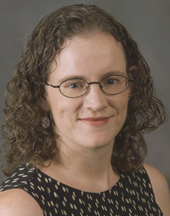Back in March, we had our first Open Design Engine (ODE) Project Spotlight, a Google+ Hangout where we talked with the guys behind Photosynq. The project is aimed at bringing data collection about the health and growth conditions of plants out of a few greenhouses and into the hands of crowd-sourced researchers everywhere. In our hangout, we not only talked about what Photosynq is, but also how the project developers are using ODE and other tools to manage the project. You can watch the video of the hangout through YouTube:
We got a lot out of speaking with Greg and Robert. It was great to learn how others are using the tools available in ODE, but we were especially excited to learn about some of the technologies they were leveraging. Jeremy and I found the data analysis tools they’ve developed, with some 3rd party libraries, something great that we might be able to leverage for the Shepard Test Stand.
We hope to have other Project Spotlights with other projects hosted on ODE in the future. If there’s one in particular you’d like to vote for, please leave a comment! Thanks again to the guys at Photosynq for spending the time to hang out with us and talk about their project. You can learn more about Photosynq on opendesignengine.net













